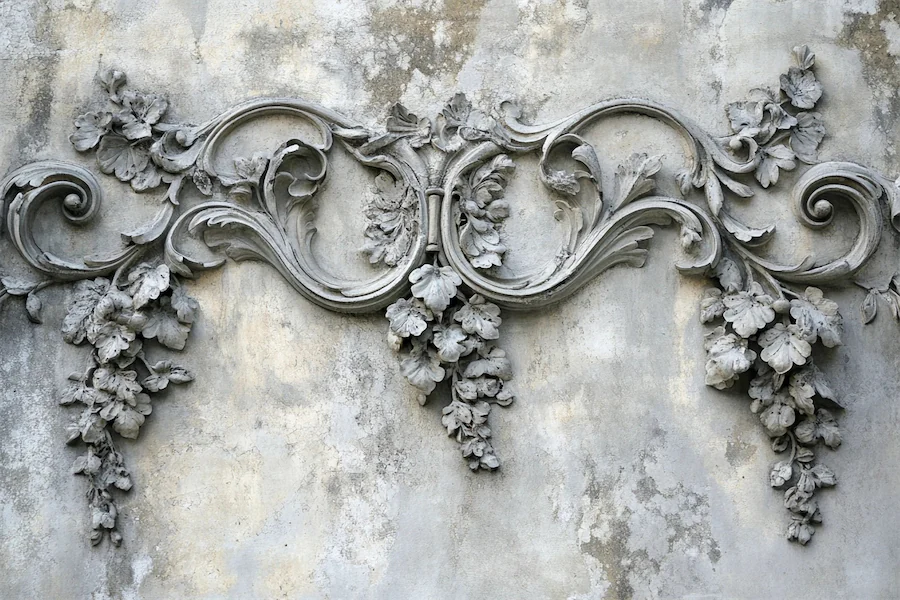Baroque architecture, which originated in late 16th-century Italy, is renowned for its dramatic, ornate, and theatrical style.
A quintessential element of this architectural movement is the Baroque wall, designed not merely as a structural component but as a canvas to evoke emotion and grandeur.
History and Origins of Baroque Walls
The emergence of Baroque architecture was closely tied to the Counter-Reformation, a movement by the Catholic Church aiming to reaffirm its influence and attract the faithful through sensory-rich experiences.
Walls in Baroque structures were transformed into dynamic surfaces adorned with intricate details, serving both religious and aesthetic purposes.
Key Features of Baroque Walls
Baroque walls are distinguished by several hallmark characteristics:
- Intricate Ornamentation: Walls often feature elaborate carvings, stucco work, and gilded details, creating a sense of depth and movement.
- Curved and Undulating Surfaces: Unlike the flat planes of earlier styles, Baroque walls may incorporate curves and undulations, contributing to a dynamic and flowing aesthetic.
- Integration of Art and Architecture: Frescoes and paintings are commonly integrated directly onto wall surfaces, blurring the lines between structural elements and artistic decoration.
- Use of Light and Shadow: The design of Baroque walls often plays with light and shadow to enhance the dramatic effect, utilizing techniques like chiaroscuro to create contrast.
Applications of Baroque Walls
Baroque walls are prominently featured in various structures, including:
- Churches and Cathedrals: Serving as focal points for religious art and iconography, walls in these sacred spaces are adorned to inspire devotion and awe.
- Palaces and Grand Residences: In royal and noble residences, walls are embellished to display wealth and power, often featuring opulent materials and intricate designs.
- Public Buildings: Baroque aesthetics extend to theaters, opera houses, and other public edifices, where walls contribute to an atmosphere of grandeur and cultural prestige.
Considerations When Choosing Baroque Walls
When incorporating Baroque-style walls into contemporary designs, consider the following:
- Material Selection: Utilize materials that can be richly detailed, such as plaster for stucco work or wood for carvings, to achieve authentic ornamentation.
- Artisanal Craftsmanship: The complexity of Baroque designs necessitates skilled artisans to execute the intricate details effectively.
- Spatial Harmony: Ensure that the elaborate wall designs harmonize with the overall space, avoiding overwhelming the functionality or aesthetics of the environment.
Conclusion
Baroque walls epitomize the fusion of art and architecture, transforming structural elements into expressive canvases that convey movement, emotion, and grandeur. Their enduring legacy continues to influence design, offering timeless inspiration for creating spaces that captivate and inspire.
